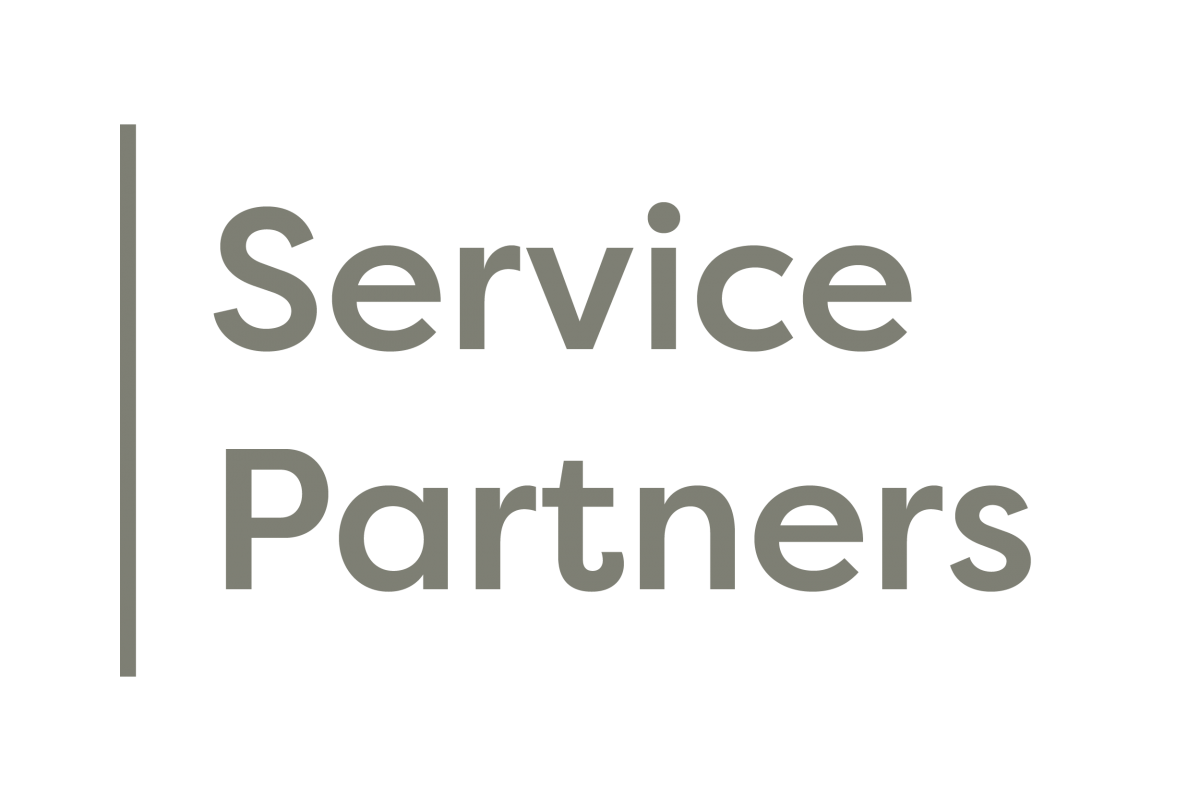Executive Summary
The motivation to research what it takes to be a great employer in 2016? stems from the author’s 10-year involvement in the kiwifruit post-harvest sector and an acknowledgment that a number of forces both globally and within the kiwifruit industry have reshaped the employment landscape during this time. The author’s opinion is that the kiwifruit post-harvest sector has experienced a human capability deficit in recent years which has put increasing pressures on current middle and senior managers. While at the same time there has been a shift in employee preferences at a global level.
This report aims at validating the author’s anecdotal views through a globally focussed literature review and a set of semi-structured interviews of middle and senior managers in the kiwifruit post- harvest sector. Interviewees were asked to define what a great employer looks like, what motivates them and what the greatest challenges to employers within the sector are in becoming a ‘great employer.’
A key finding from the literature review was that technology and generational preferences are having a significant impact on the employer/employee relationship. The literature review was completed using a framework from the NZ Human Rights Commission ‘7 Key Elements of a Good Employer’ and adapted to being more ‘current’ based on findings. The literature review found that employees are increasingly looking to their employer to build their “personal brand”, develop a strong personal relationship with them, offer values and goals alignment, provide them with purpose and consider their wellbeing both physically and mentally through offering flexible conditions and encouraging work-life balance.
At the kiwifruit post-harvest sector level, rapid volume growth, increasing competition among post- harvest operators and increasing sophistication and complexity brought about by the industry’s strong customer focus have contributed to changing the landscape. Managers interviewed indicated that this has placed increased pressures on them. While seasonality has always been a challenge for the industry, the nature of seasonality appears to have changed. Historically, permanent staff were offered a “Work Hard, Play Hard” role where it was well accepted that long hours during a defined period over the harvest and packing season were counter-balanced by flexible work hours over the summer period of lower activity.
The outcome has been that there is a mismatch between findings of the literature review and trends within the post-harvest sector. Employees are looking for greater flexibility in their roles, improved work-life balance and enhanced wellbeing. However, longer work hours and greater stress have been a feature of work within the kiwifruit post-harvest sectors of recent years.
Managers interviewed highlighted the risk the sector faces if the industry is not able to attract talented individuals to the sector via a strong employment brand that is underpinned by more normal work hours and the other desirable features identified through this research as presented in Figure 10.
This report aims to identify what it takes to be a great employer in 2016? And identify what challenges the kiwifruit post-harvest sector faces in becoming a great employer.
![]() What does it take to be a Great Employer in 2016 – Anthony Pangborn
What does it take to be a Great Employer in 2016 – Anthony Pangborn


























